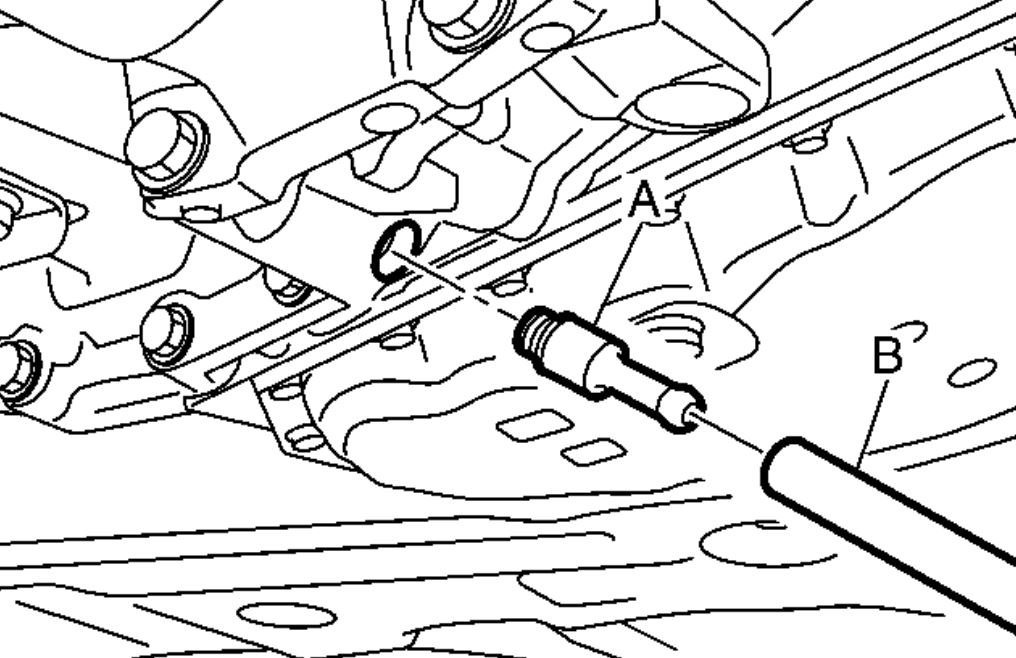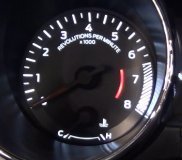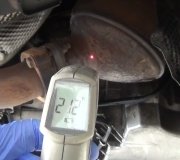From the description I would say there is still a problem with the transmission. You say it was replaced, was it a new, rebuilt or used unit that was installed? These are a CVT transmission and are known for problems and are very touchy if they are rebuilt improperly. If it was a used unit that was installed it may have simply failed on its own. The whirring noise it what suggests it may still be a CVT issue as it sounds like it may have locked in the limp mode where the internal belt sheaves are not moving and that takes more power to make the car move. Similar to starting out in a high gear in a manual transmission car.
The first thing I would do is to connect up a scan tool and see if the transmission shows any faults, these can have faults that will not turn on the CEL on the dash.
Then I would check the fluid level in the transmission. On that unit this is done from underneath the car on a lift with the car level and with the transmission hot and engine at an idle. First you take the car for a drive, then use a scan tool to read the transmission fluid temperature. It needs to be between 95- and 115-degrees F. Then you remove the check-fill plug and install the adapter. It the fluid is at the correct level it should drip a bit, if not then you add some through the adapter and remove the hose and see if it drips now. Once you have it at the correct level, test it again. If it still drives that way, it is likely that the replacement has failed and needs to be replaced again.
Image (Click to make bigger)
Monday, October 4th, 2021 AT 1:18 PM



